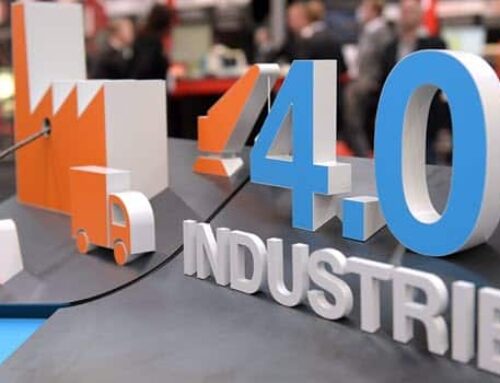No company, regardless of its size and type of activity, can operate without documentation. From its general policy to the most detailed work instructions, through security procedures and reports of all kinds, all important and useful information about the smooth operation of the company is recorded. They must be clear, precise and easily accessible by the employees concerned. It is also vital that this documentation is up-to-date, incorporating the latest evolutions and modifications, while eliminating obsolete items. In summary, documents must be updated to be applicable.
The document control procedure
Whether it’s QMS, security or any other management system, setting up and applying a document control procedure is a must in today’s industry. However, this obligation concerns both the documentation produced internally and the one whose origin is external to the company.
The purpose of such an approach is essentially to ensure the accuracy and reliability of the information used in the business activity. But also, to ensure that all operations are conducted in a timely manner, consistent with what is planned and written.

The procedure for controlling internal documents involves their verification and approval before they are broadcast. Also it includes the need to identify and highlight changes made, as well as to ensure that employees have the correct versions of the documents they need. The availability, accessibility and clarity of information are also part of the aspects covered by the internal document control procedure. We can also find the identification, destruction and archiving of obsolete documents if they are still included alongside applicable documents.
Let’s turn to information about customer and supplier exchanges, regulations, standards, and other pieces of documentation that originate outside the company. The document control procedure that includes the latter mainly consists of identifying those whose usefulness to the company is proven (sorting out the necessary and the superfluous documents) and verifying their content before to disseminate them.
The documentary review, the update and its stakes
In the industry, keeping up-to-date the documentation is one of the major axes of the documentary review. This corresponds to an approach to ensure that the content of documents is always valid, applicable and topical. It is required by most management standards, including ISO 9001 (2008 version, paragraph 4.2.3) which specifically states that “Review, update if necessary and re-approve documents”. This assumes that the applicable documentation needs to be modified to be in line with the reality of the business.
By being updated, the documentation is getting rid of outdated information. This greatly reduces the risk of making mistakes, sending erroneous instructions to new employees and ending up with obsolete documentation.
Provided, however, that the management of revisions and outdated documents is effective. In this, the updating of the documents plays a determining role in the continuous improvement. Because it tackles the factors that can affect quality and integrates the measures to support it.

Up-to-date documentation ensures optimal efficiency at each workstation. Each employee has a reliable and updated guide to enable him or her to perform his or her mission properly. At the same time, it helps to improve employee safety by reducing the risk of incidents through appropriate procedures or work instructions. By taking into account past dangerous events and new developments in this area.

How to keep an up-to-date documentation ?
To keep an up-to-date documentation, industrial companies use a Digital Work Instructions Software. Thus, it allows to always provide operators and technicians the latest version of the document. Picomto is the leading software for digitizing the operational documentation. Contact us to know more.




Leave A Comment